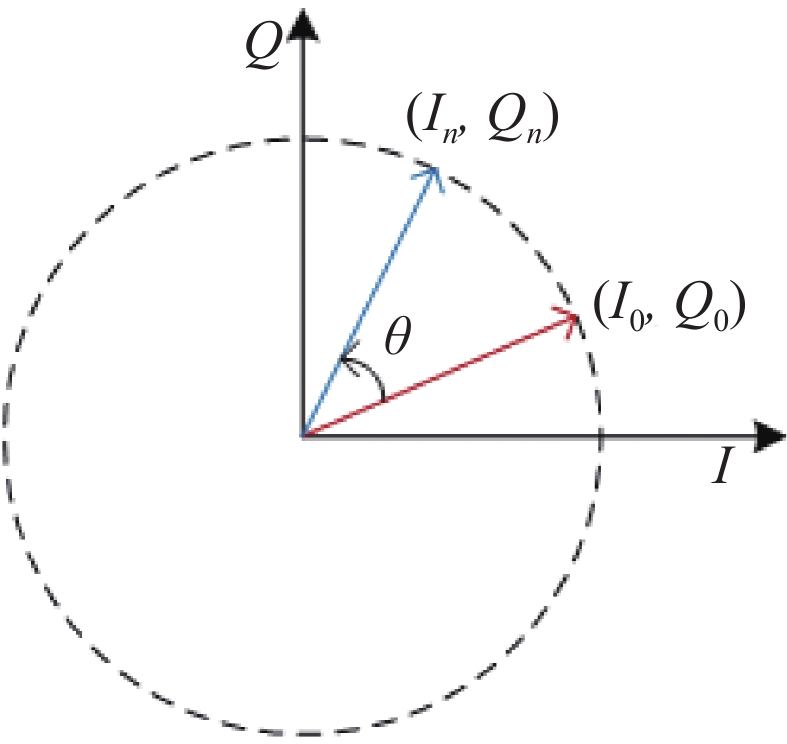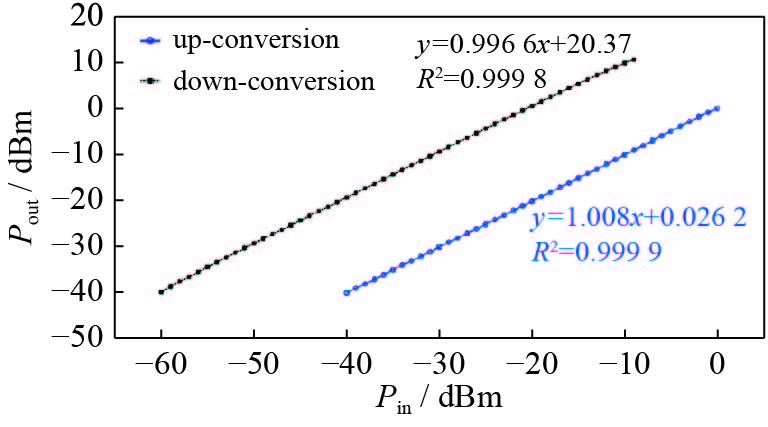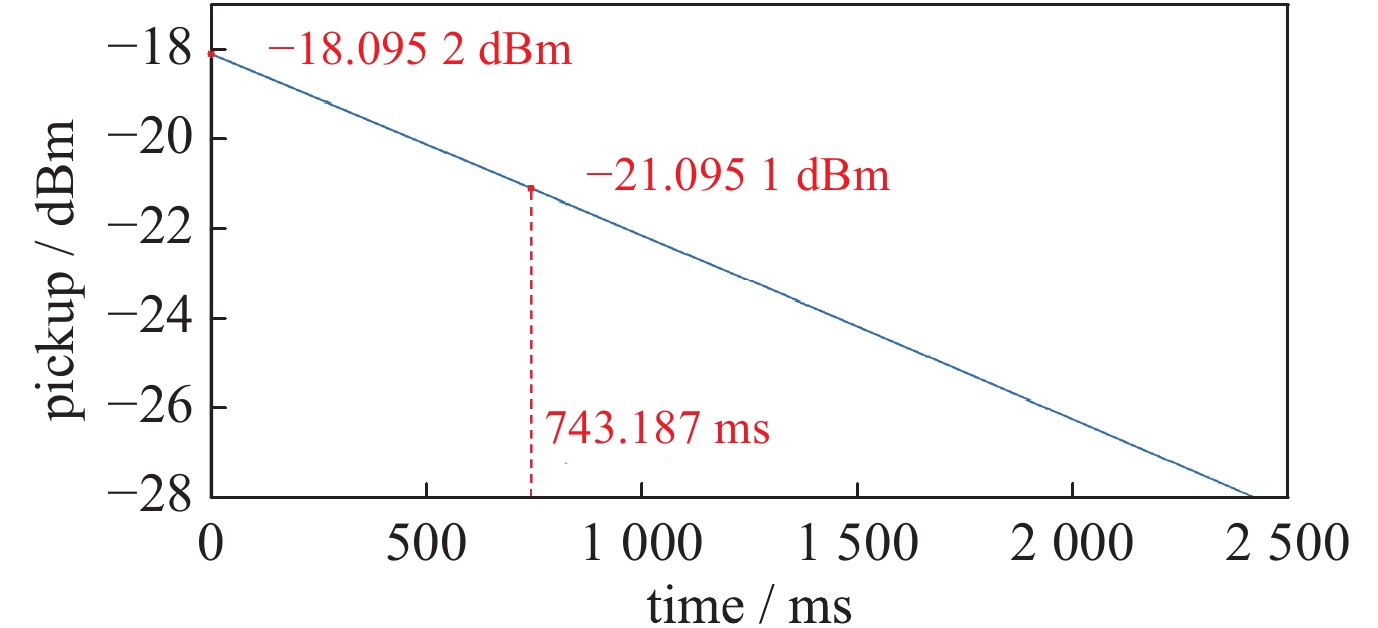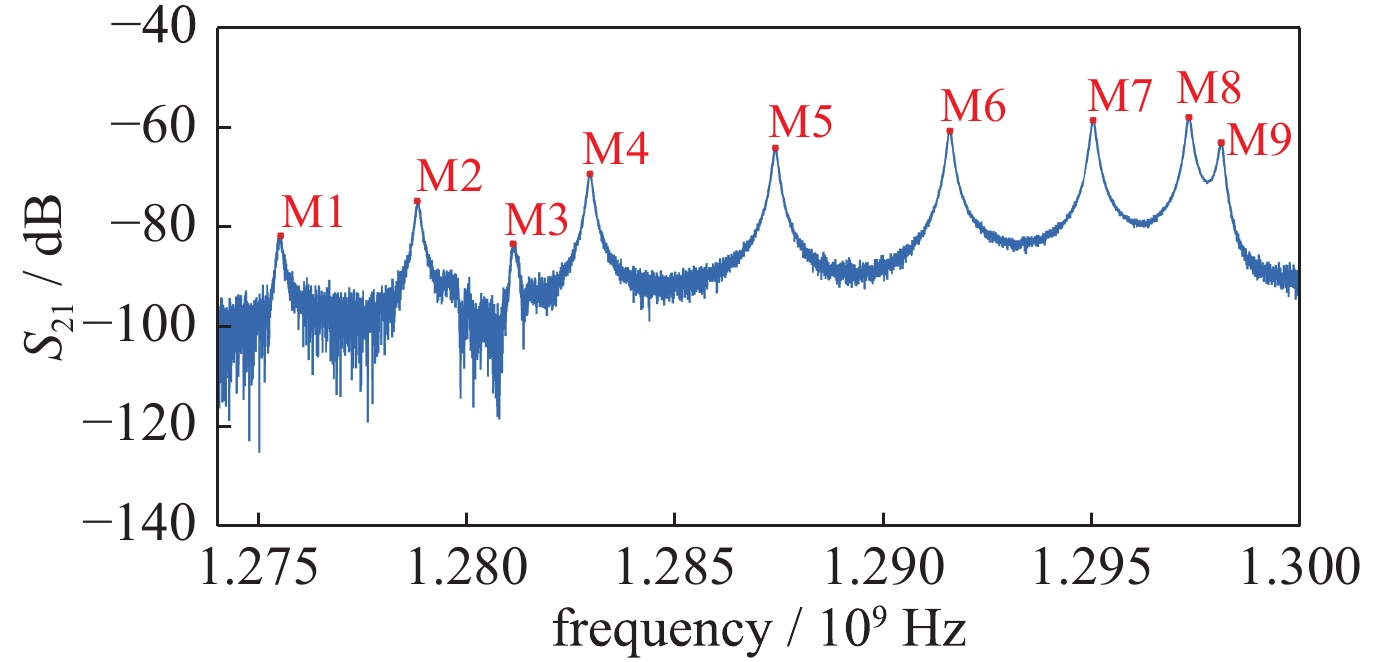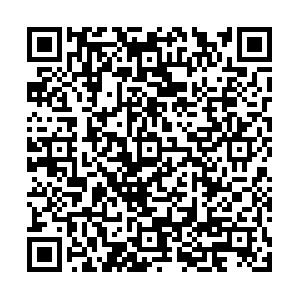Digital self-excited vertical test system of superconducting cavity
-
摘要:
基于数字自激算法设计并实现的超导腔垂直测试系统提高了超导腔的垂直测试效率,为先进光源技术研发与测试平台(PAPS)的超导腔批量化生产提供了重要保障;垂直测试系统的射频前端和时钟分配系统采用了二次上下变频方案,可以在一定范围内灵活设置测试系统自激环路的工作频率,增大了该测试系统的工作带宽。利用此系统完成了1.3 GHz 9-cell超导腔的通带频率测试,结果表明,该测试系统能有效避免不同模式之间的串扰,具备较强的频率分辨能力(<800 kHz),保证多单元超导腔性能验证的进行。
Abstract:Vertical test is an important method for characterizing the performance of superconducting cavities. We designed an superconducting cavity vertical test system based on digital self-excited algorithm and the technology of low-level radio frequency, which could improve the vertical test efficiency of superconducting cavities. The RF front-end and clock distribution system of the vertical test system adopts the second up-and-down conversion scheme. To some extent, the working frequency of the digital self-excited loop of the vertical test system can be set flexibly, and the working bandwidth of the test system is increased. The test results of the pass-band frequency of the 1.3 GHz 9-cell superconducting cavity show that the vertical test system has strong frequency resolution (<800 kHz) to ensure the smooth progress of the multi-cell superconducting cavity pass-band test.
-
表 1 1.3 GHz 9单元超导腔通带频率测试
Table 1. Pass-band mode frequency of 1.3 GHz 9-cell superconducting cavity
mode frequency/MHz temperature is 298.15 K temperature is 2 K π/9 1 275.515 80 1 277.384 00 2π/9 1 278.776 20 1 280.695 08 3π/9 1 281.090 20 1 283.006 44 4π/9 1 282.928 40 1 284.837 76 5π/9 1 287.449 80 1 289.295 32 6π/9 1 291.568 20 1 293.490 92 7π/9 1 295.010 60 1 296.945 96 8π/9 1 297.301 20 1 299.237 56 π 1 298.076 00 1 300.017 72 -
[1] Powers T. Theory and practice of cavity RF test system[C]//Proceedings of the 12th International Workshop on RF Superconductivity. 2005: 40-70. [2] Delayen J R. Phase and amplitude stabilization of superconducting resonators[D]. California: California Institute of Technology, 1978: 1-16. [3] Allison T, Delayen J R, Hovater C, et al. A digital self excited loop for accelerating cavity field control[C]//Proceedings of PAC07. 2007: 2481-2483. [4] Goryashko V A, Bhattacharyya A K, Li Han, et al. A method for high-precision characterization of the Q-slope of superconducting RF cavities[J]. IEEE Transactions on Microwave Theory and Techniques, 2016, 64(11): 3764-3771. doi: 10.1109/TMTT.2016.2605671 [5] Nicander H. Electro-acoustic stability of a superconducting spoke cavity[D]. Sweden: Uppsala University, 2015: 31-37. [6] 张娟, 戴建枰, 黄泓, 等. 基于Labview 的超导腔测试数据采集系统[J]. 核电子学与探测技术, 2013, 33(9):1098-1103. (Zhang Juan, Dai Jianping, Huang Hong, et al. Data acquisition system of superconducting cavity test based on Labview[J]. Nuclear Electronics & Detection Technology, 2013, 33(9): 1098-1103 doi: 10.3969/j.issn.0258-0934.2013.09.014 [7] 常玮. 低beta超导腔体的测试研究[D]. 兰州: 中国科学院近代物理研究所, 2014: 62-68.Chang Wei. Research on low beta superconducting cavity testing[D]. Lanzhou: Institute of Modern Physics, Chinese Academy of Sciences, 2014: 62-68 [8] 邱丰. 1.3 GHz 9-cell腔数字化低电平系统的研究[D]. 北京: 中国科学院高能物理研究所, 2012: 76-77.Qiu Feng. Study on the digital low level RF control system of 1.3 GHz nine-cell cavity[D]. Beijing: Institute of High Energy Physics, Chinese Academy of Sciences, 2012: 76-77 [9] 张志刚. 同步辐射光源增强其高频数字化低电平系统研制[D]. 上海: 中国科学院 上海应用物理研究所, 2015: 68-72.Zhang Zhigang. Development of digital low level RF system for booster at Synchrotron Radiation Light Source[D]. Shanghai: Shanghai Institute of Applied Physics, Chinese Academy of Sciences, 2015: 68-72 [10] Holzbauer J P, Pischalnikov Y, Sergatskov D A, et al. Systematic uncertainties in RF-based measurement of superconducting cavity quality factors[J]. Nuclear Instruments and Methods in Physics Research A, 2016, 830: 22-29. doi: 10.1016/j.nima.2016.05.025 [11] Holzbauer J P, Contreras C, Pischalnikov Y, et al. Improved RF measurements of SRF cavity quality factors[J]. Nuclear Instruments and Methods in Physics Research A, 2019, 913: 7-14. doi: 10.1016/j.nima.2018.09.155 [12] 刘亚萍. BEPCII 500 MHz 铌腔的研制[D]. 北京: 中国科学院高能物理研究所, 2011: 94-95.Liu Yaping. Study of BEPCII 500 MHz niobium cavity[D]. Beijing: Institute of High Energy Physics, Chinese Academy of Sciences, 2011: 94-95 -




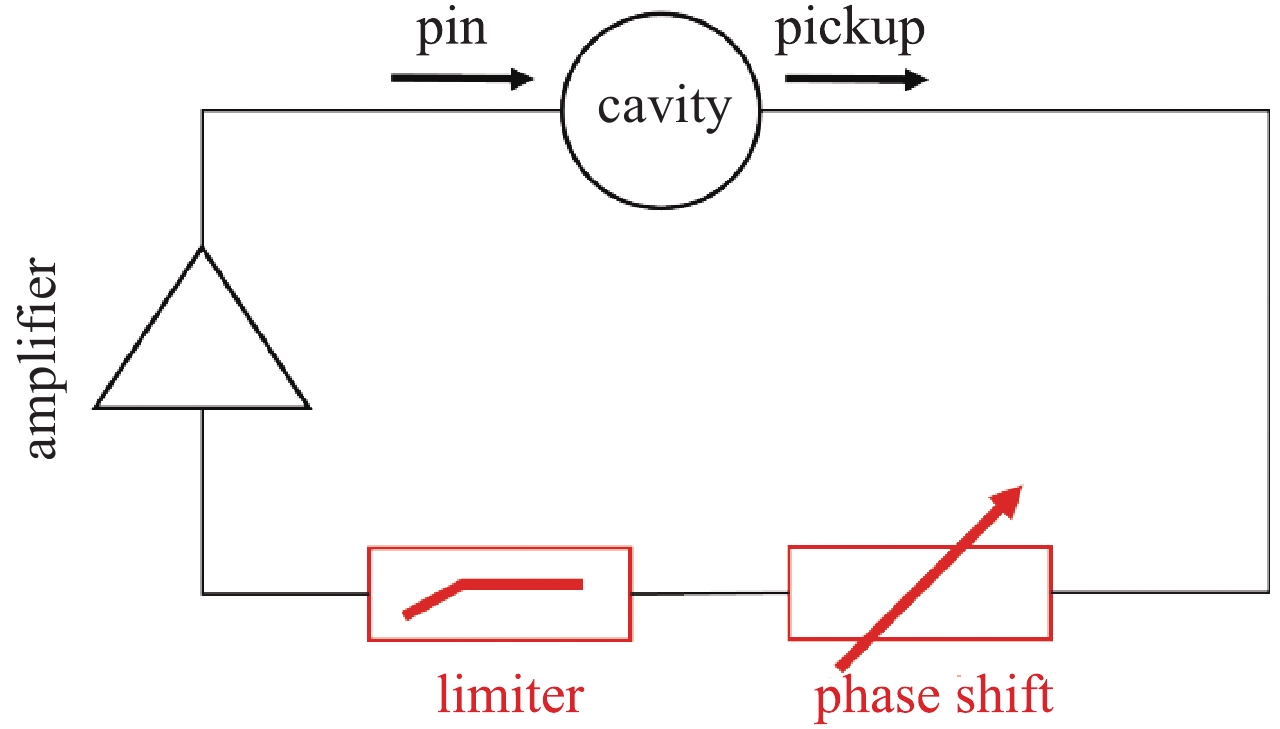
 下载:
下载:


